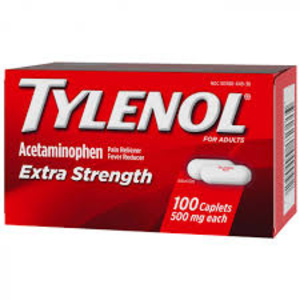In this video, Jonathan Avery, MD, explains why treatment for opioid use disorder is so crucial and what options are available to help patients with opioid use disorder.
Opioid use disorder affects millions of people in the United States, and in 2016, only about 17.5 percent of those people received treatment, according to the National Institute on Drug Abuse. This is devastating — not only because the risk of fatal overdose is so high, but also because the treatments for opioid use disorder can be incredibly effective.
“The thing that's tricky about opioid use disorder is it's very hard to stop just sort of cold turkey and on your own,” says Jonathan Avery, MD, director of Addiction Psychiatry at Weill Cornell Medicine and NewYork-Presbyterian Hospital. “The relapse rates at one year approximate 100 percent if you're trying to just quit [without help].”
Medications for opioid use disorder
“There are a number of medications for opioid use disorder, often classified as medication-assisted treatment for opioid use disorder,” says Dr. Avery. “For folks with opioid use disorder, their opioid system has been dysregulated because of their use, and so they need to be on one of these meds to stabilize things.”
The three primary medications for opioid use disorder are buprenorphine, methadone, and naltrexone.
Buprenorphine is a partial opioid agonist, which means that it binds to opioid receptors in the brain but doesn’t activate them as strongly. It helps to reduce cravings and withdrawal symptoms, without producing the euphoric intoxication state.
Methadone is an opioid agonist. Like buprenorphine, it binds to opioid receptors, and it reduces cravings and withdrawal symptoms. However, it activates these receptors more slowly than heroin or morphine would, and the low dose helps prevent euphoria.
Naltrexone is an opioid antagonist, so instead of activating the opioid receptors, it blocks the activation. Naltrexone is an injectable, non-addictive, long-acting medication that is used to prevent the rewarding effects of an opioid.
“The great thing about these meds is that their outcomes are really positive,” says Dr. Avery. “It decreases the relapse rates, it decreases the overdose rates, it improves mental health outcomes, it improves functional outcomes, and so they're some of the best medications we have in medicine.”
Other components of treatment for opioid use disorder
While medication is necessary for treating opioid use disorder and re-regulating the opioid system of the brain, it’s only one component of treatment. Effective treatment may also include psychotherapy, support groups, and treatment for co-occurring disorders.
Some common therapy approaches to opioid use disorder include cognitive behavioral therapy, dialectic behavioral therapy, family therapy, and 12-step programs. These can all help get to the underlying issue that may lead a person to use narcotics, as well as give them coping strategies to use in the long run.
“One key with treating substance use disorders in general, and certainly opioid use disorders, is you can't do it in isolation,” says Dr. Avery. “Various self-help groups can augment medications as well, including Narcotics Anonymous, [and] any sort of treatment that involves more of your family members, more of your community, is certainly recommended.

If you or someone you know struggles with substance use, help is available. Call SAMHSA’s National Helpline at 1-800-662-4357 to learn about resources in your area.
Second, use lorem ipsum if you think the placeholder text will be too distracting. For specific projects, collaboration between copywriters and designers may be best, however, like Karen McGrane said, draft copy has a way of turning any meeting about layout decisions into a discussion about word choice. So don’t be afraid to use lorem ipsum to keep everyone focused.
One word of caution: make sure your client knows that lorem ipsum is filler text. You don’t want them wondering why you filled their website with a foreign language, and you certainly don’t want anyone prematurely publishing it.





